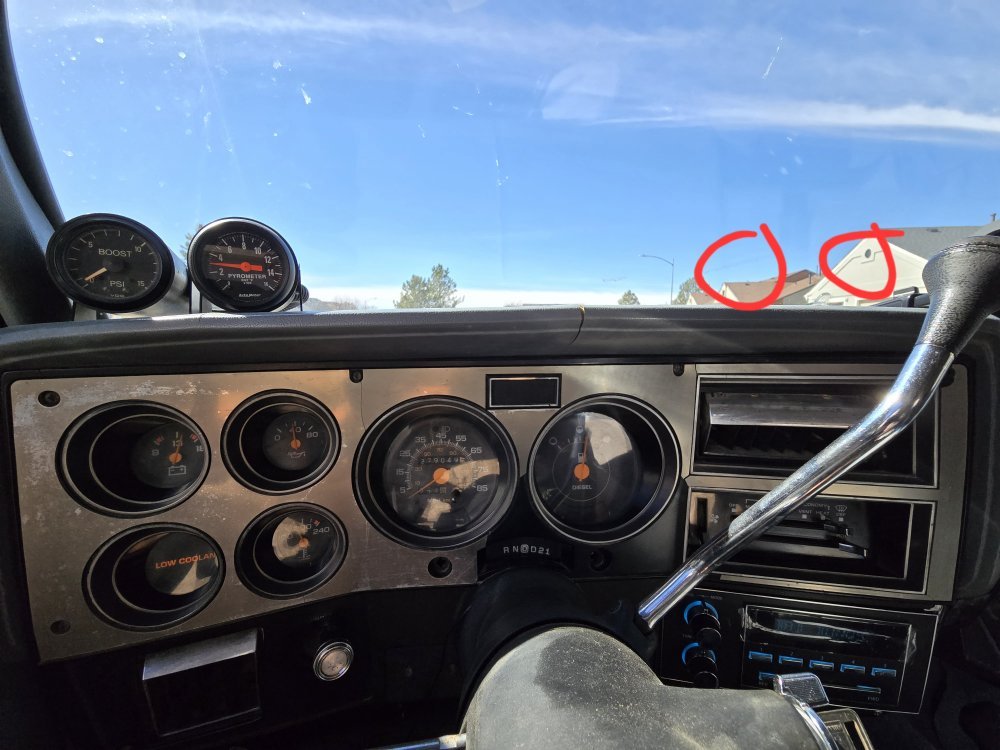nycxjeremyy
Well-Known Member
I hear often about 6.2 Detroits going to 300K miles and more, but can they really do that? My 1990 K5 Blazer with a swapped in 1985 6.2 Detroit Diesel w/h the ATS Turbo Kit which is at 85K miles (the vehicle itself has 279K miles) ... Already have quite a few in it with the following:
- Fluidampr swap from harmonic balancer
- 4 row Aluminum Radiator
- 4L60E Transmission (plus a Hayden external cooler)
- Spin on filter + water separator
- Radio + sound system
- Transmission temp guage
- That and other miscellaneous stuff such as new seals, bushings, window motors, hoses, mechanical stuff, new grill, etc.
The engine and transmission are fine (except for the engine leaking oil part), but this is all just normal wear and tear for a 40 year old vehicle, I just use it for regular plain old driving, no towing or anything.
I live on my installation, where damn near all my daily trips are within a 2-4 mile radius, so as of now, I change my oil every 3K miles. I use the Rotella T4 varient as (as stated prior) I leak quite a bit. Though if any other options are better, please do tell.
But for those who own similar applications, what do you all do to keep these vehicles going?
(Photos of said vehicle, including paperwork from previous owner:
https://photos.app.goo.gl/ksTMNAVU6ra73RpK9 )
- Fluidampr swap from harmonic balancer
- 4 row Aluminum Radiator
- 4L60E Transmission (plus a Hayden external cooler)
- Spin on filter + water separator
- Radio + sound system
- Transmission temp guage
- That and other miscellaneous stuff such as new seals, bushings, window motors, hoses, mechanical stuff, new grill, etc.
The engine and transmission are fine (except for the engine leaking oil part), but this is all just normal wear and tear for a 40 year old vehicle, I just use it for regular plain old driving, no towing or anything.
I live on my installation, where damn near all my daily trips are within a 2-4 mile radius, so as of now, I change my oil every 3K miles. I use the Rotella T4 varient as (as stated prior) I leak quite a bit. Though if any other options are better, please do tell.
But for those who own similar applications, what do you all do to keep these vehicles going?
(Photos of said vehicle, including paperwork from previous owner:
https://photos.app.goo.gl/ksTMNAVU6ra73RpK9 )


